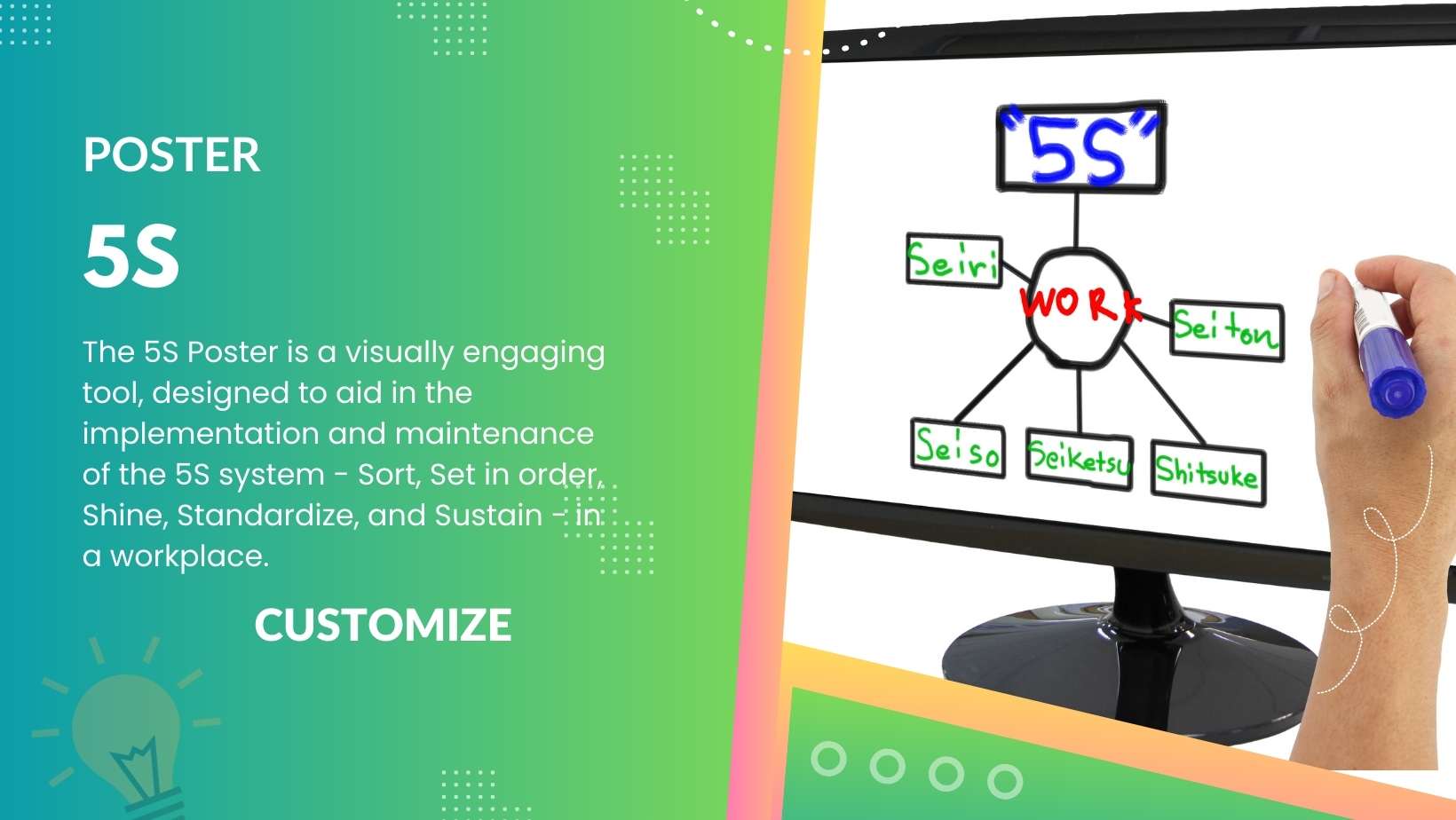Non-verbal communication. In a world often dominated by words, we often overlook the immense power and significance of nonverbal communication. From a gentle touch to a raised eyebrow, our bodies have a language of their own that can convey emotions, thoughts, and intentions. Understanding this silent conversation can unlock a deeper level of connection and empathy between individuals. In this article, we will explore the secrets and art behind nonverbal communication, delving into the profound impact it can have on our relationships and interactions.
Table of Contents
ToggleUnveiling the Unspoken: Harnessing the Secrets of Nonverbal Communication
While words can paint a vivid picture, nonverbal cues add dimension to our conversations. Facial expressions, body language, and gestures can convey emotions that words sometimes fail to capture. When someone smiles genuinely, we instinctively feel warmth and kindness. When a person touches their face nervously or fidgets with their hands, we sense their anxiety or discomfort. These silent signals are an invaluable tool for understanding others on a deeper level and creating meaningful connections.
The study of nonverbal communication goes beyond decoding individual gestures. It involves observing patterns and clusters of cues to gain a more accurate understanding of a person’s feelings and intentions. For example, crossed arms often indicate defensiveness or discomfort, while open palms signal trust and honesty. By paying attention to these signals, we can enhance our empathy, interpret others’ emotions, and respond accordingly. This awareness enables us to navigate social situations more effectively and foster stronger relationships.
Beyond Words: The Art of Silent Conversations
Non-verbal communication is not just about understanding others; it is also a powerful tool for self-expression. Our bodies have an innate ability to communicate our thoughts, desires, and innermost emotions. Consider the way a dancer conveys a story through graceful movements or how an artist expresses their emotions through brush strokes. Similarly, our everyday interactions are filled with opportunities to express ourselves without uttering a word. The way we walk, stand, and even maintain eye contact can communicate confidence, vulnerability, or assertiveness.
Mastering the art of nonverbal communication requires mindfulness and self-awareness. It involves actively observing our own body language, recognizing how it aligns with our thoughts and feelings, and making adjustments when necessary. By intentionally harnessing nonverbal cues, we can convey our true intentions, build trust, and deepen our connections with others. Silent conversations have the power to bridge gaps, heal wounds, and create understanding where words alone fall short.
Nonverbal communication is a universal language that transcends cultural boundaries and connects us all on a profound level. By embracing and honing our understanding of this silent conversation, we can foster empathy, forge deeper connections, and create a more harmonious world. Let us not overlook the power of the unspoken; let us embrace the art of silent conversations and unlock the true meaning behind nonverbal communication.








